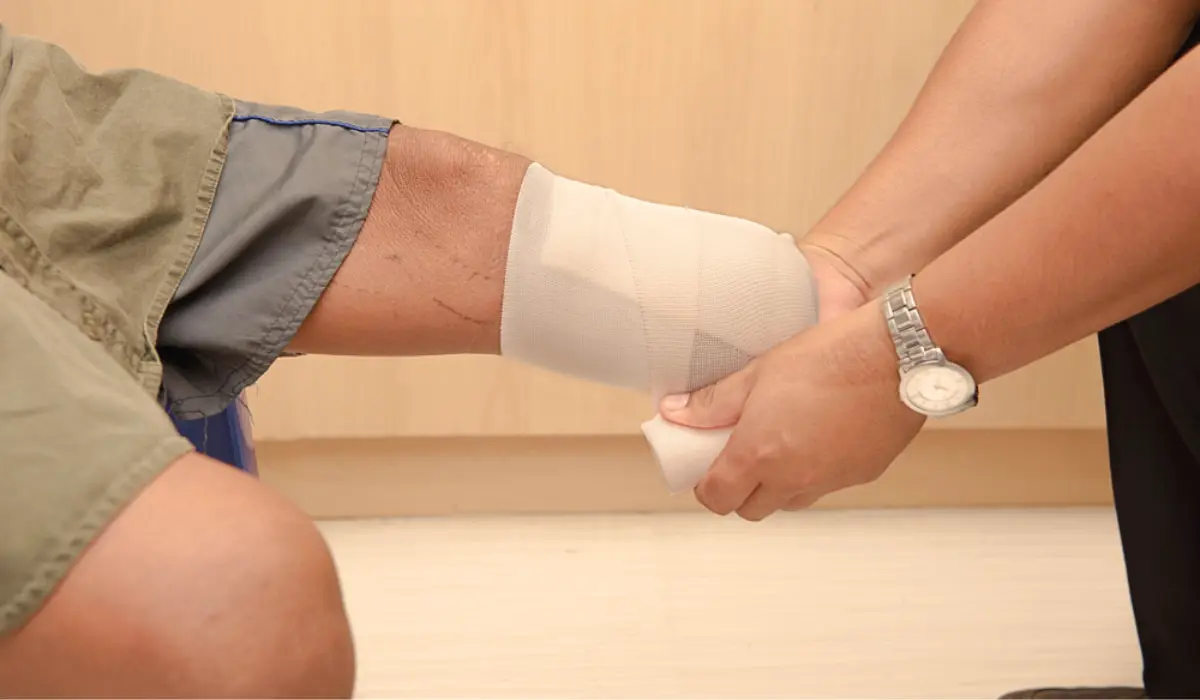Complex Regional Pain Syndrome (CRPS) is a debilitating condition characterized by severe, chronic pain that often affects one limb, typically an arm or a leg. The pain is disproportionate to the initial injury and may spread to other parts of the body. In addition to intense pain, CRPS patients experience a range of symptoms, including swelling, changes in skin color and temperature, and impaired mobility.
The Impact Of CRPS On Patients’ Lives
The impact of CRPS on patients’ lives is profound. The relentless pain and associated symptoms can make even the simplest daily tasks excruciating, leading to a significant reduction in quality of life. CRPS can also have a substantial emotional toll, with many patients experiencing anxiety, depression, and social isolation.

Challenges In Treating CRPS
Treating CRPS is a significant challenge, and traditional treatment methods have had limited success in providing long-term relief for patients. Physical therapy, medications, nerve blocks, and spinal cord stimulation are among the current treatment options, but their effectiveness varies, and many patients continue to experience debilitating symptoms.
Causes Of CRPS
The causes of CRPS are not fully understood, but it is believed to involve a combination of factors, including nerve damage, inflammation, and abnormal responses to injury. The nervous system plays a crucial role in the development and progression of CRPS, with the condition thought to be a result of dysregulation in the way the body processes pain signals.
Is Amputation A Cure For CRPS?
Amidst the challenges of treating CRPS and the limited success of traditional treatment methods, a controversial topic has emerged: amputation as a potential cure for CRPS. While it may seem drastic, some patients and healthcare professionals have considered amputation as a last resort for those suffering from severe, intractable CRPS.
Case Studies And Research On Amputation For CRPS
Case studies and research studies have explored the effectiveness of amputation in providing relief for CRPS patients. In some cases, patients who underwent amputation of the affected limb reported significant reduction or even complete resolution of their CRPS symptoms. However, it is important to note that the success of amputation as a treatment for CRPS is not universal, and some patients may continue to experience pain or develop CRPS in other parts of the body.
Weighing The Risks And Implications
When considering amputation as a potential cure for CRPS, it is crucial to weigh the physical and psychological implications carefully. Amputation is a major surgical procedure with inherent risks and challenges, and it can have a profound impact on a person’s mobility, independence, and overall quality of life. Additionally, the psychological impact of losing a limb should not be underestimated, and patients may require extensive counseling and support to cope with the emotional and psychological challenges associated with amputation.
Conclusion
While the topic of amputation as a cure for CRPS (Complex Regional Pain Syndrome) is controversial, it is a discussion worth having. For some patients suffering from severe, intractable CRPS, amputation may offer the possibility of relief when traditional treatment methods have failed. However, it is essential to approach this option with caution and to carefully consider the potential risks and implications.
FAQs
CRPS is a chronic pain condition that typically affects one limb and is characterized by severe, persistent pain that is disproportionate to the initial injury. In addition to pain, patients may experience swelling, changes in skin color and temperature, and impaired mobility.
CRPS is a challenging condition to treat because its causes are not fully understood, and traditional treatment methods, such as physical therapy, medications, nerve blocks, and spinal cord stimulation, have had limited success in providing long-term relief for many patients.
The idea of amputation as a potential cure for CRPS (Is Amputation a Cure for CRPS?) is controversial because it involves the drastic measure of removing the affected limb. While some patients have reported significant relief after amputation, others may continue to experience pain or develop CRPS in other parts of the body.
Amputation is a major surgical procedure with inherent risks and challenges. It can have a profound impact on a person’s mobility, independence, and overall quality of life. Additionally, the psychological impact of losing a limb should not be underestimated, and patients may require extensive counseling and support to cope with the emotional and psychological challenges associated with amputation.
Amputation should be considered only after all other treatment options have been exhausted and when the potential benefits outweigh the risks. Patients and healthcare professionals should engage in open and honest discussions about the potential outcomes, risks, and long-term implications of amputation as a treatment for CRPS (Is Amputation a Cure for CRPS?).

